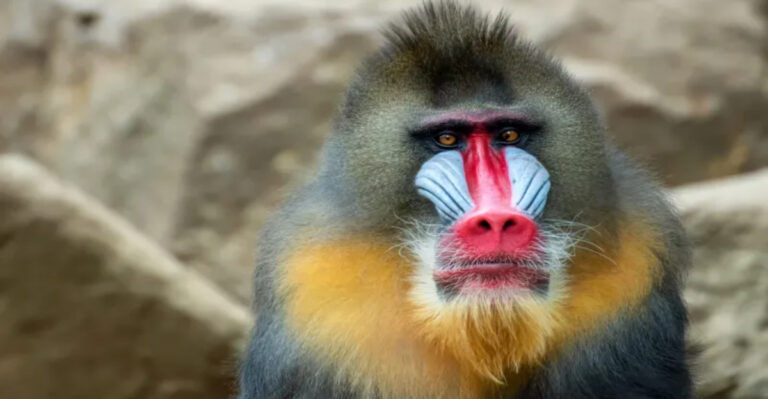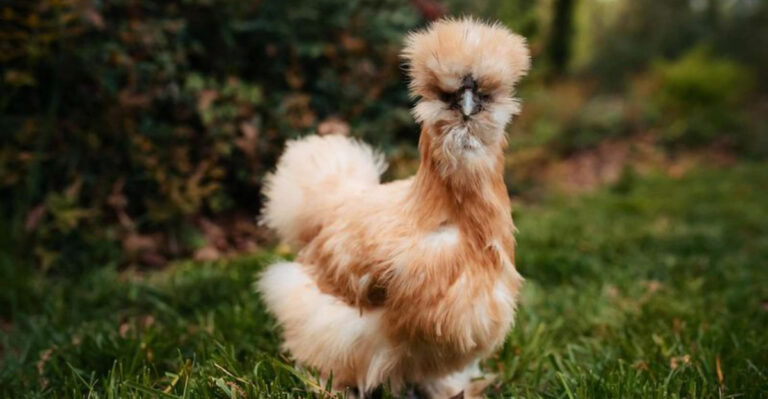10 Common Kitten Illnesses And How To Treat Them
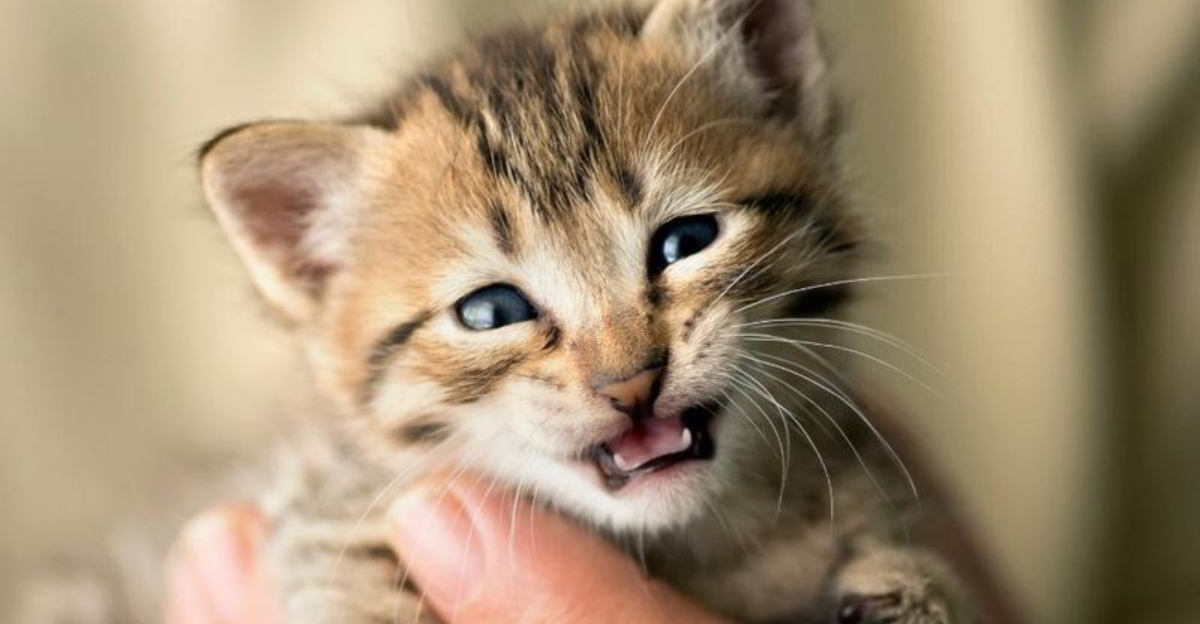
Bringing home a new kitten means endless cuddles and playtime, but it also comes with health responsibilities.
Those tiny bundles of fur can be susceptible to various illnesses during their first year of life. Knowing what to watch for and how to respond quickly can make all the difference in your kitten’s recovery and long-term health.
Upper Respiratory Infections
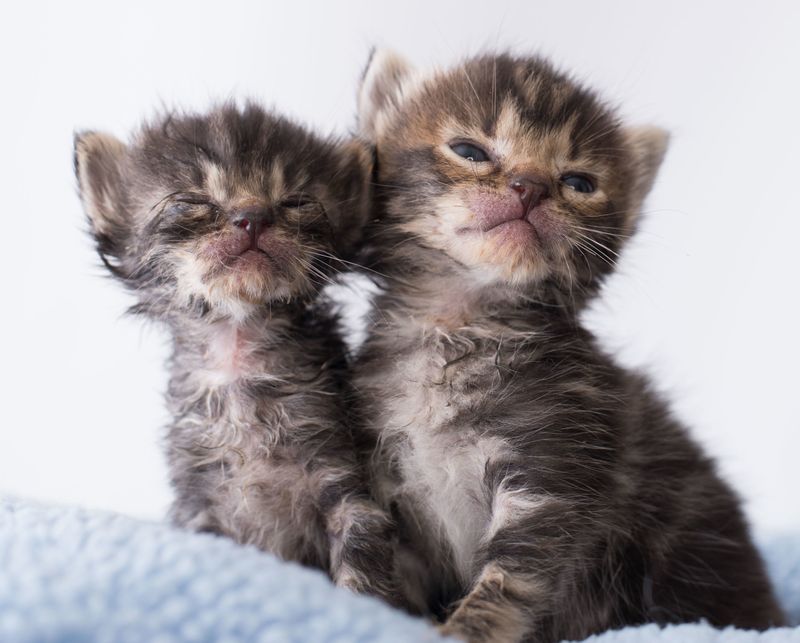
Sneezing fits and goopy eyes might seem cute until you realize your kitten is actually fighting off a cold. Most kitty colds are caused by viruses that spread quickly in multi-cat households.
Wipe away discharge with a warm, damp cloth and ensure plenty of rest. For severe cases with fever or loss of appetite, veterinary attention becomes necessary. Most kittens recover within 7-10 days with proper care.
Feline Panleukopenia (Distemper)
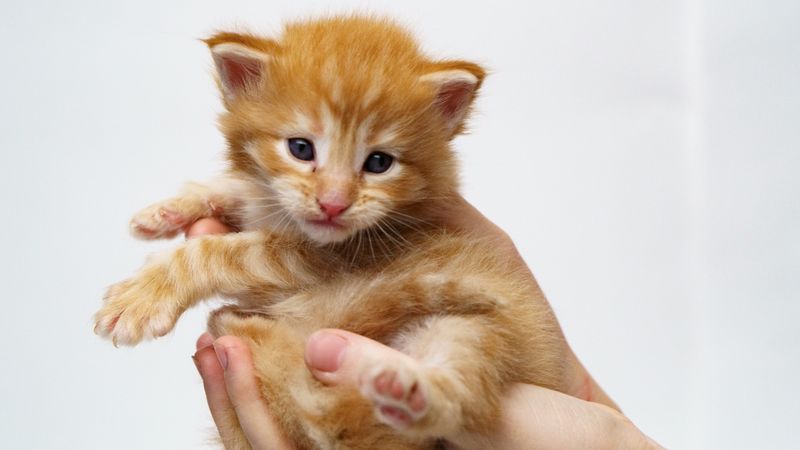
Deadly but preventable, distemper attacks rapidly dividing cells in kittens’ bodies. Symptoms appear suddenly—severe vomiting, diarrhea, and dramatic lethargy that can turn fatal within days.
Rush to the vet immediately if you notice these signs. Treatment includes intensive supportive care with IV fluids and antibiotics. Vaccination remains the gold standard for prevention, starting as early as 6-8 weeks of age.
Intestinal Parasites
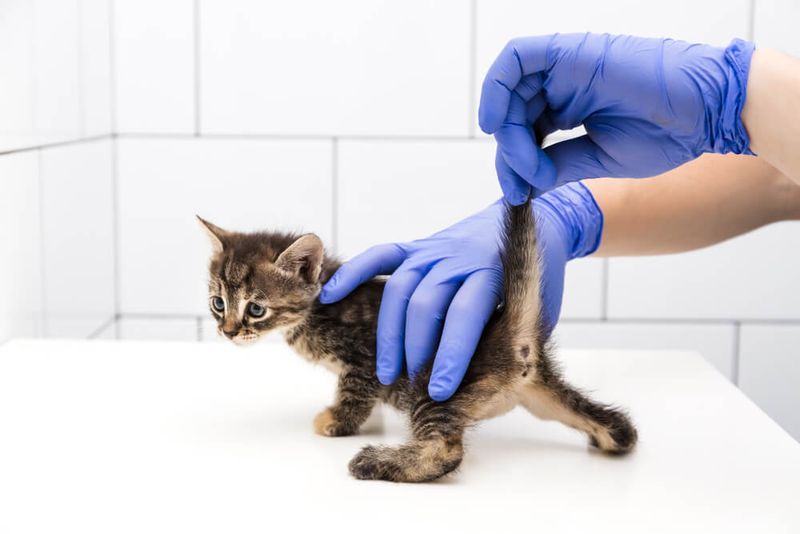
Pot-bellied kittens with dull coats might be hosting unwelcome guests. Roundworms, hookworms, and tapeworms commonly infect kittens, causing weight loss despite a seemingly healthy appetite.
Regular deworming starts at 2-3 weeks of age and continues every 2-3 weeks until 12 weeks old. Your vet can identify the specific parasite through fecal testing and prescribe appropriate medication. Most treatments work quickly, with noticeable improvement within days.
Ear Mites
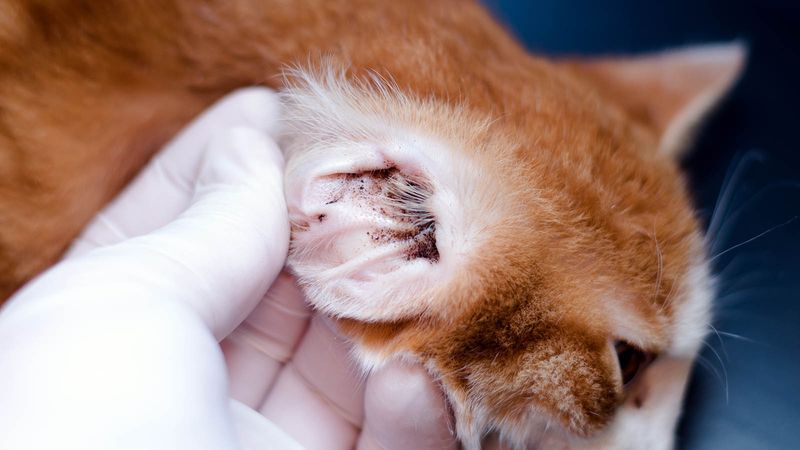
Coffee-ground-like specks in your kitten’s ears paired with frantic scratching point to these microscopic troublemakers. Ear mites cause intense itching and can lead to painful infections if left untreated. Treatment involves cleaning the ears gently and applying prescribed medication.
Avoid cotton swabs that might damage delicate ear canals. Most treatments require application for 7-10 days, even after symptoms disappear, to break the mite’s life cycle completely.
Feline Calicivirus
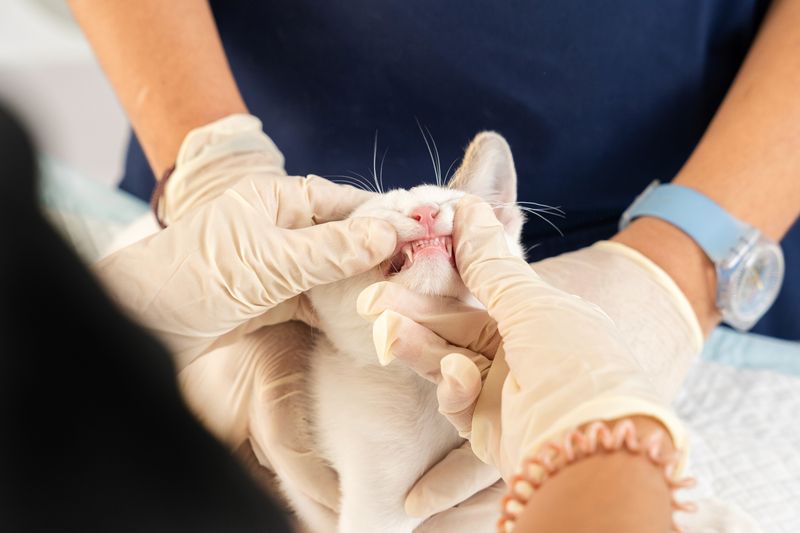
Beyond typical cold symptoms, calicivirus often causes painful mouth ulcers that make eating a misery for affected kittens. You might notice drooling or pawing at the mouth alongside respiratory signs.
Offer soft, warm foods with strong aromas to encourage eating despite mouth pain. Your vet may prescribe pain medication and antibiotics for secondary infections. Most kittens recover within two weeks, though some may become carriers without showing symptoms.
Ringworm (Dermatophytosis)
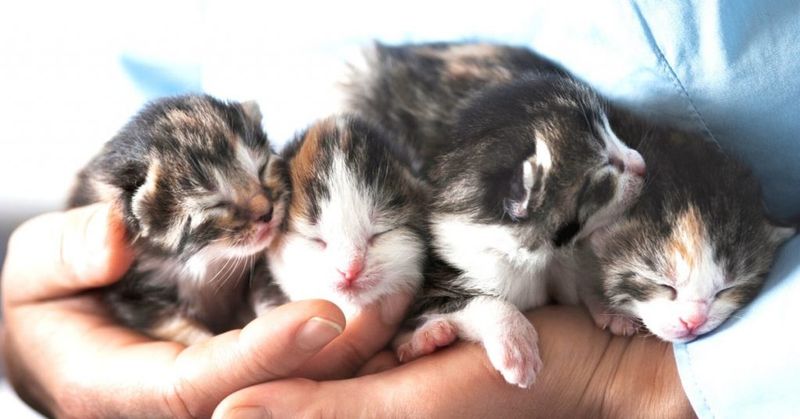
Despite its name, ringworm isn’t a worm at all but a stubborn fungal infection. Look for circular patches of hair loss with crusty, red skin underneath—commonly appearing on faces, ears, and paws.
Treatment combines topical antifungal creams with oral medication for severe cases. Environmental cleaning is crucial to prevent reinfection. Wear gloves when applying treatments, as this condition can spread to humans, especially children and those with compromised immune systems.
Flea Infestation
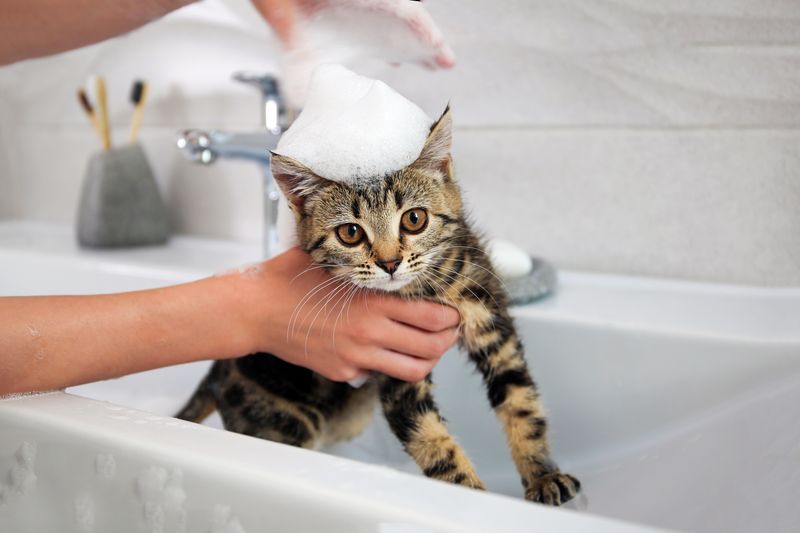
Tiny vampires that cause big problems! Fleas can trigger severe anemia in kittens because their small bodies can’t compensate for blood loss.
Watch for excessive scratching, visible black specks in fur, and pale gums. Consult your vet before using any flea products, as many adult formulations are toxic to kittens. Gentle dawn dish soap baths can safely remove fleas from very young kittens. Treat all pets in the household simultaneously and wash bedding in hot water to prevent reinfestation.
Feline Leukemia Virus (FeLV)
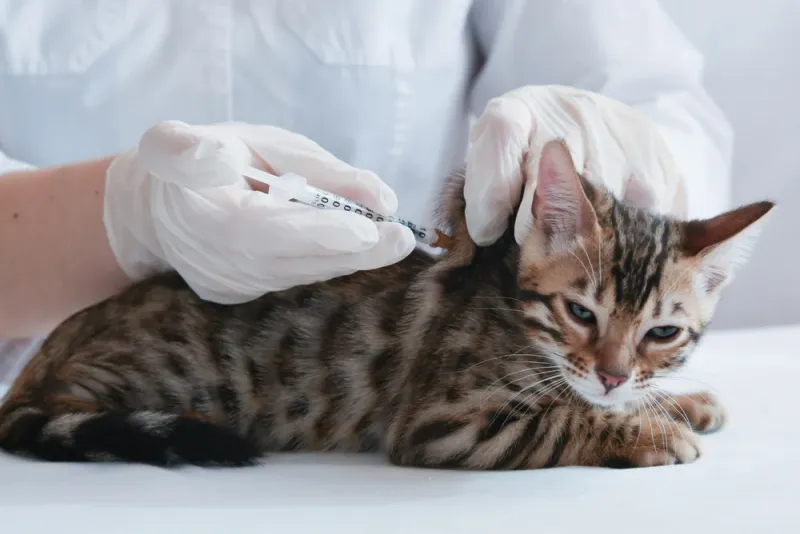
Transmitted through close contact with infected cats, FeLV weakens the immune system and opens the door to numerous secondary infections. Early signs include poor coat condition, recurring illnesses, and lethargy.
No cure exists, but supportive care can maintain quality of life. Testing should be done before introducing any new kitten to a household with existing cats. Vaccination is recommended for at-risk kittens, particularly those who may have outdoor access.
Conjunctivitis (Pink Eye)
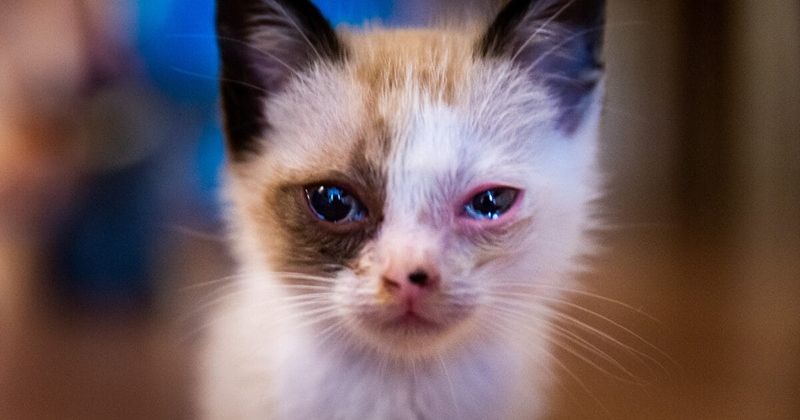
Red, swollen eyes that seem glued shut with discharge signal this common eye inflammation. Bacterial, viral, or allergic triggers can all cause similar symptoms that require different treatments. Gently clean crusted discharge with warm water and a clean cloth.
Avoid touching your eyes after handling affected kittens. Your vet may prescribe antibiotic eye drops or ointments. Most cases clear up within a week with proper treatment, though viral cases may take longer.
Hypoglycemia
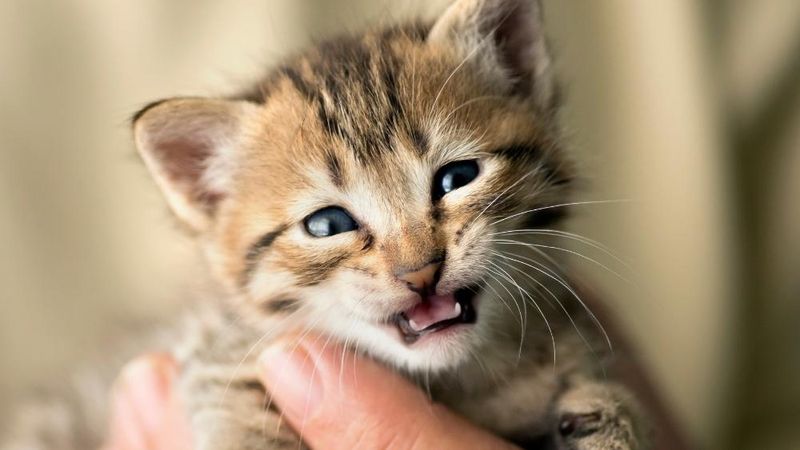
Lightning-fast metabolism makes kittens vulnerable to dangerous blood sugar crashes. Warning signs include weakness, disorientation, trembling, and in severe cases, seizures or collapse.
For mild cases, rub a small amount of corn syrup or honey on the gums and seek immediate veterinary care. Prevent episodes by feeding small, frequent meals throughout the day. Particularly common in tiny or underweight kittens, this condition requires a proper feeding schedule to manage effectively.

